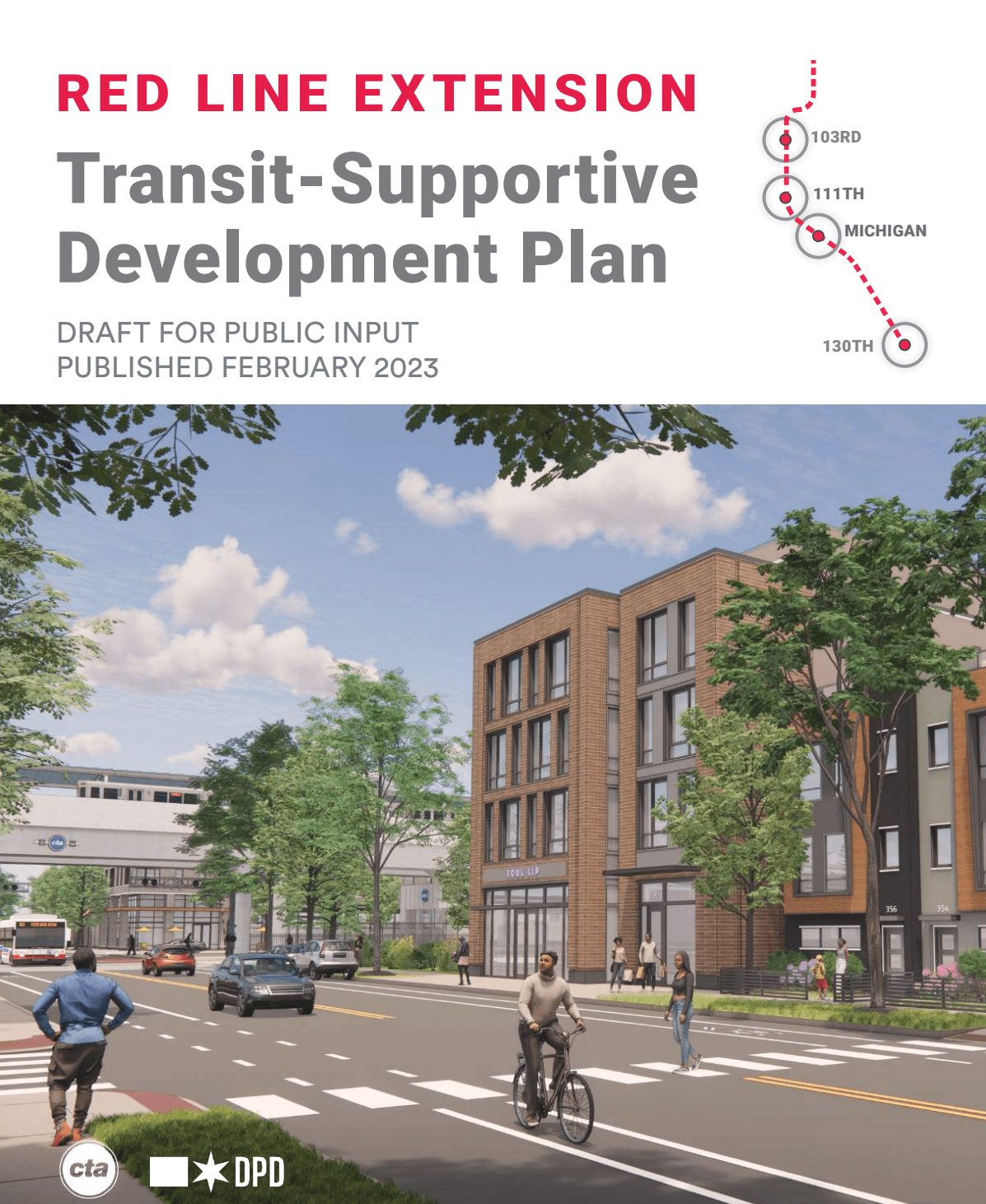The south Red Line extension project is a proposal that the CTA is currently trying to make a reality. The 5.6-mile route would go from the existing 95th/Dan Ryan terminal to 130th Street, with the addition of four new stations at 103rd Street, 111th Street, Michigan Avenue, and 130th Street. The engineering phase is slated to kick off this spring.

“Since the start of this project we have worked consistently with aldermen, other elected officials, as well as members of the surrounding communities and we will continue to do so throughout each phase of this project," a CTA spokesperson told Streetsblog last week. "Working alongside aldermen and having them involved is critical in moving this project along successfully."
“The project has also received $30 million of federal funding through the CMAQ (Congestion Mitigation and Air Quality [grant program]), a $1.5 million federal earmark for workforce development activities, and a $450,000 grant for a community-centered outreach plan through the Areas of Persistent Poverty program,” the spokesperson added.
According to David Powe, director of planning and technical assistance at the Active Transportation Alliance, governments traditionally use cost-benefit analysis in order to decide which infrastructure projects move forward. However, he added governments often neglect the positive impacts of expanding rapid transit that are harder to quantify. He noted that the RLE, which city leaders have promised to build for over half a century, is a transit equity project.
“CTA is going to expand rapid transit to a corridor where it doesn’t exist right now," Powe said. "And it’ll save people so much time on their commutes to downtown and other parts of the region." The project is projected to cut a one-way transit trip from 130th to the Loop by 30 minutes.
"Another impact that isn’t quantified in the analysis that is done to move forward our projects is how great this project could be for cyclists and pedestrians," Powe added. "CTA will work with [the Chicago Department of Transportation], Pace, Cook County, and [the Illinois Department of Transportation] to make sure that corridors that... lead to these stations will be accessible for people who bike, walk, and roll."
Powe said ATA is collaborating with other groups on Red Line extension advocacy as part of the Safe Streets for All coalition, which also includes Chicago Bike Grid Now!, Commuters Take Action, Better Streets Chicago, Chicago Family Biking, and the Southwest Collective. The Transportation Equity Network and Freedom to Move are also involved.
“And all of these organizations, coalitions, and groups have come together to have dialogues about the importance of Red Line extension and not just for transit riders, but for people who [use sustainable transportation] on the Far South Side, and all along the Red Line on the South Side," Powe said. He noted that it will be important to improve CTA bus and Pace service to the new 'L' station areas.

“Pedestrian and bike facilities and access is an important consideration for station access," the CTA spokesperson agreed. "CTA has been closely coordinating with CDOT throughout project development, and this coordination will continue through final design. This includes bike racks, Divvy docking stations, and coordination with planned and existing bike lanes. The RLE Transit Supportive Development Plan released on February 13 includes additional information on planned and recommended mobility elements." The CTA describes the document as "a proactive effort to create a guide for future development in communities located near the RLE project area and within the Far South Side of Chicago."

Did you appreciate this article? Please consider making a tax-deductible donation to help fund Streetsblog Chicago's next year of publication. Thanks!




